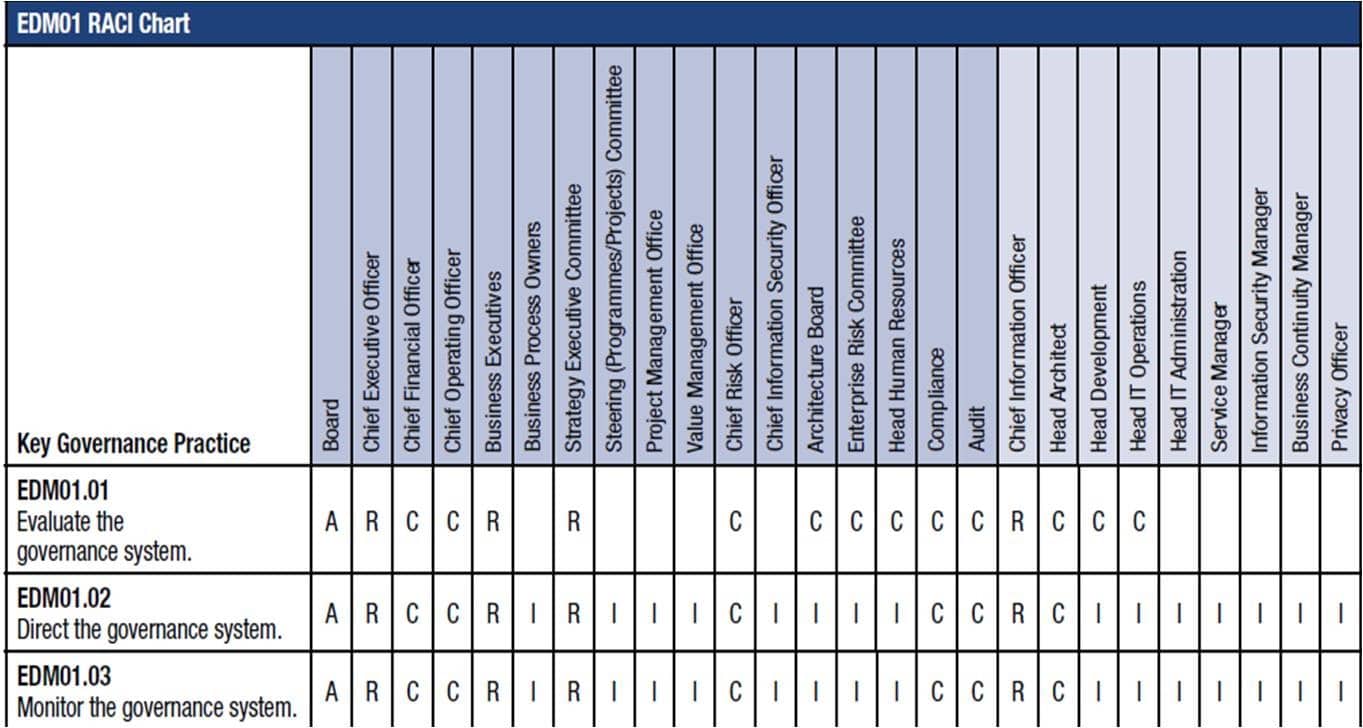There are many pointers to successful field service in any business. Generally, labour hours, parts, technician efficiency, performance indicators and other bunch of data are the most important. However, the icing on top is the total revenue. If you are in business, you must be cocksure that it’s making money, and when you don’t rake in enough you need to make some business decisions quick!
For the most part, field service companies will always have a field service management software to handle all the data. But how will this affect your outlook?
Will this cause a direct increase in revenue?
What will still need to be changed so that the ship stays afloat?
Increase your service jobs
As expected, the best field management software will guarantee a positive increase in appointments per week. On average, the field service team should expect at least a 50% increase in work turnover. There is a direct relation between the revenue you should be making and the number of calls in your schedule since the only way of making more cash is to get more work done. It is not recommended to raise costs because it increases the risk of losing customers easy when they can’t meet the extra expense. Field service software will help you bring in more customers and also manage technicians.
If you have much of the hard work done for you then you?d have more time to run the show. This is why premises are trying out software because they answer many problems like:
-
Automation and improved work order management
-
Fast dispatch from an array of drag-drop scheduling tools
-
Easy-to-use field service apps for technicians to receive and submit work orders
-
Can be integrated into account systems for faster billing time
Manual operations are costly and prone to error, and they don’t come cheap. Do away with them, reduce costs, sit back and watch as new customers steadily stream in. Grow the business by building lasting relations with your workforce and customers.
Increase technician?s abilities with mobile
If you want to get more profit, bank on technicians who complete service calls. Their task is obviously the hardest. They have an unpredictable job; at times they need to come up with quick responses or they may also be required to dig deep as well. The work does not need to be slowed with an endless paper trail while they could be elsewhere giving their all. These technicians require a working mobile field service management app.
As expected, field service leaders who use a mobile field service software report close to 20% increase in service visits per technician. This translates to each technician taking nearly a fifth more calls in a day. And as we had said before, more service calls can double the profits. How can technicians get extra time from a field service mobile app?
-
No need to drive to work to pick orders
-
Less time using the phone looking for service or parts information
-
Reduces the time needed to go through paper-based work
-
Less time driving to service calls because information is routed to their mobile phones
Increase revenue from technicians
If time is spent seamlessly, dispatchers will find time in a technician?s schedule for an extra service call. With all this being done within normal working hours, the business stands to increase its bottom line. This is what makes the business grow. Not by increasing technicians but by optimum utilisation of the current staff to get maximum profit. The logic is straightforward ? a technician working 8 hours each day taking six calls a day will make more revenue than the one who takes four, because they are paid the same each, but the business benefits from the extra service calls.
The business stands to make more revenue per technician if it uses field service management software. The margins can go as high as 40% because the technician has all tools needed to get the job done faster. You increase revenue from field work too. Let technicians benefit from automated process and have all the tools for work that they need right on their mobile devices.
The target is always your bottom line
When field service leaders inquire about field service software, they need to know how it affect the bottom line: how they will spend less time drafting schedules, how each technician will increase revenue, how the business will grow. Simple as that!
Field service management applications bring a lot to the table.
Don’t waste your time crunching a lot of numbers or sorting out schedules since this is what such an application should do. Automation, optimisation and mobility are all ways of increasing revenue. Let us help you reach your goals using our top shelf field management software. This will not only help your bottom line but will let you have more time to venture into untapped potentials.


